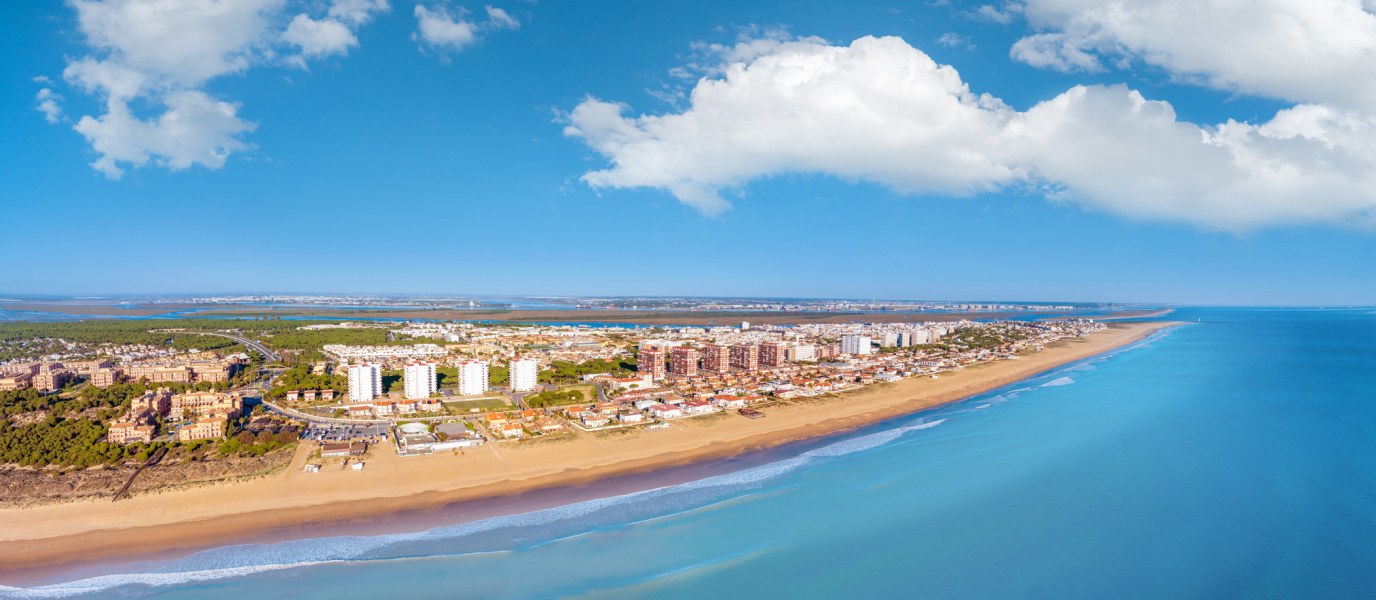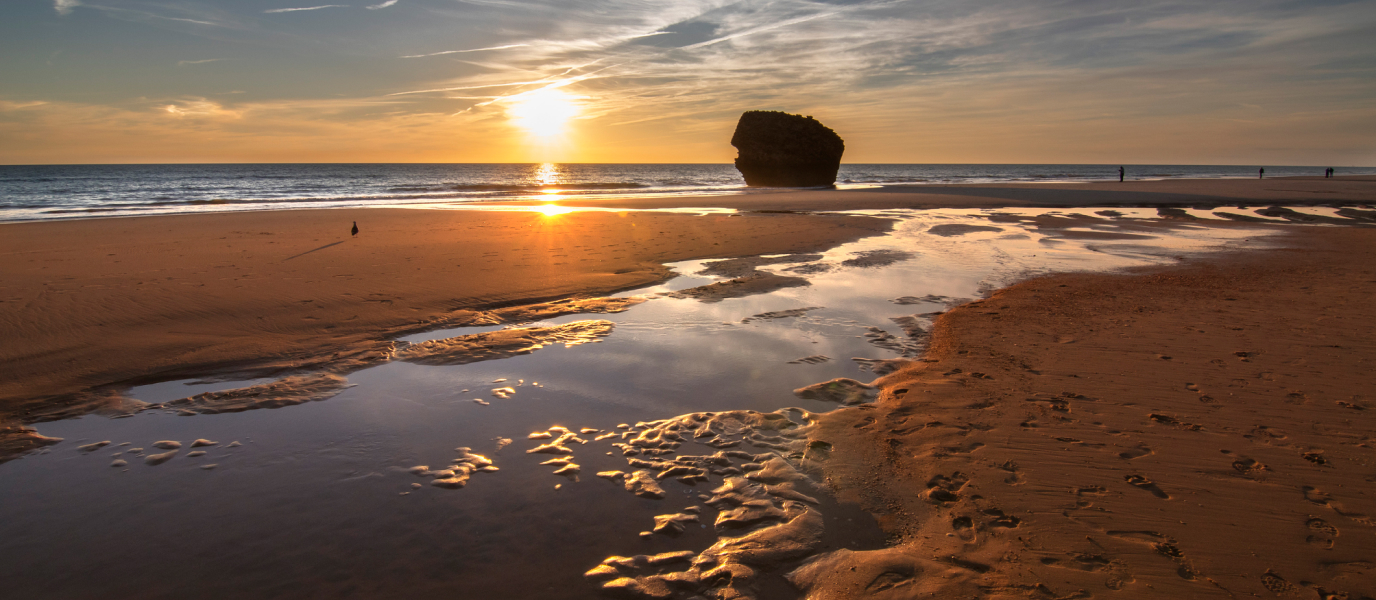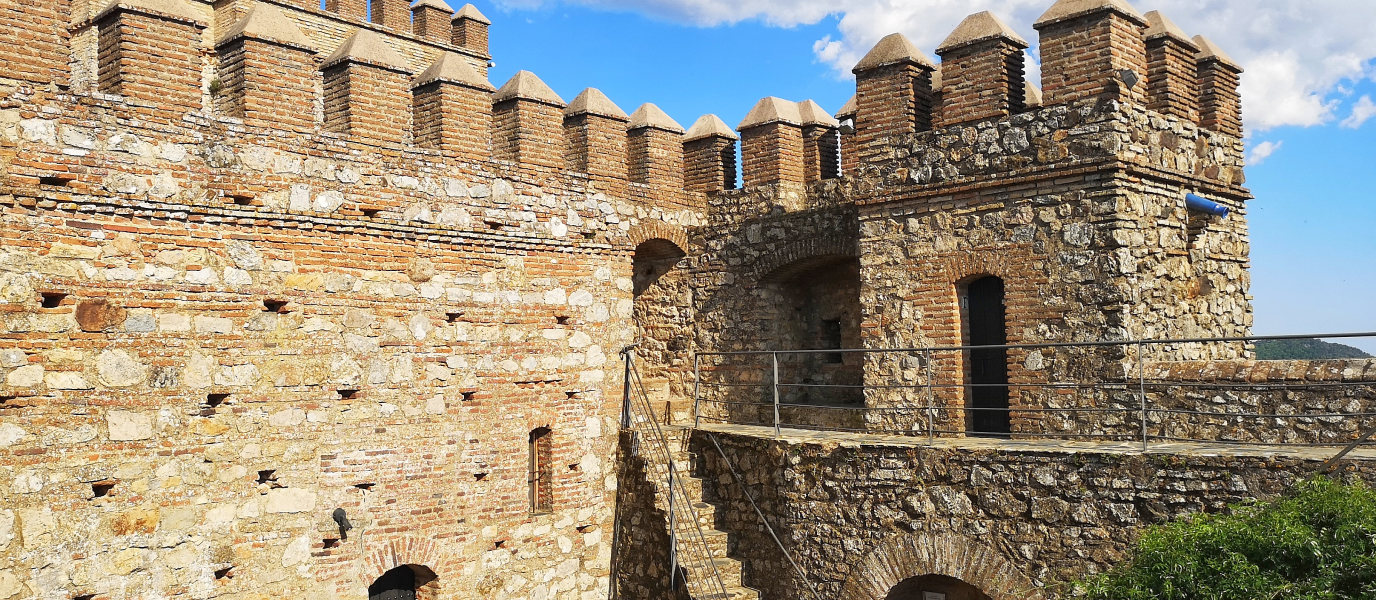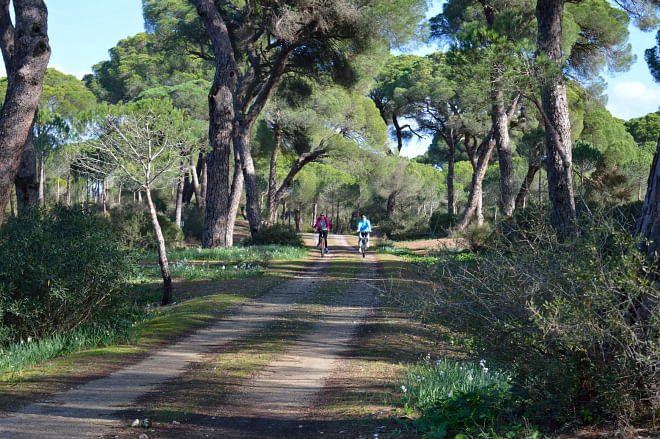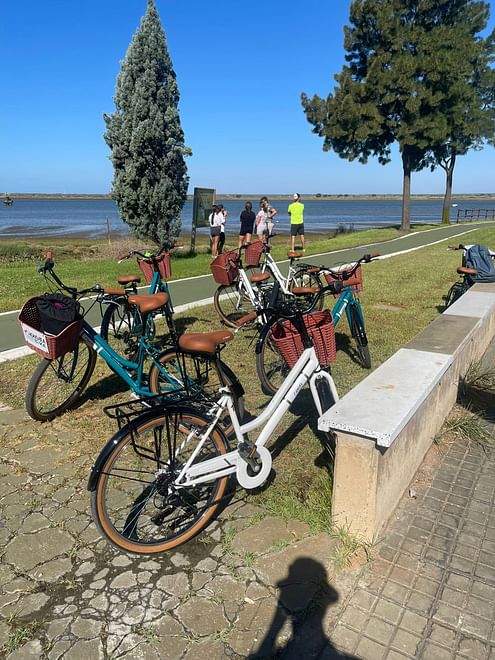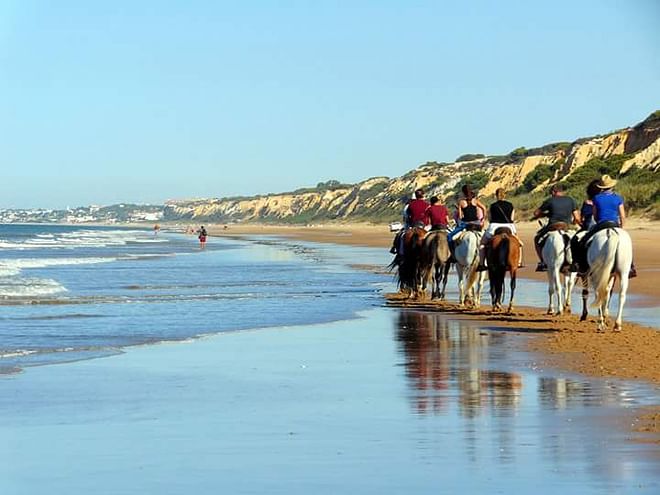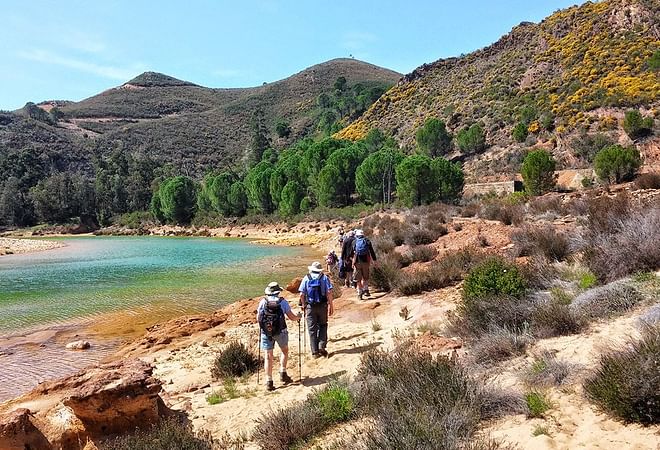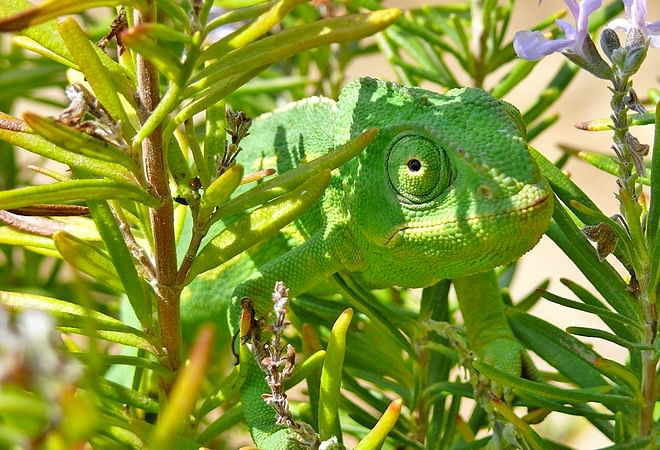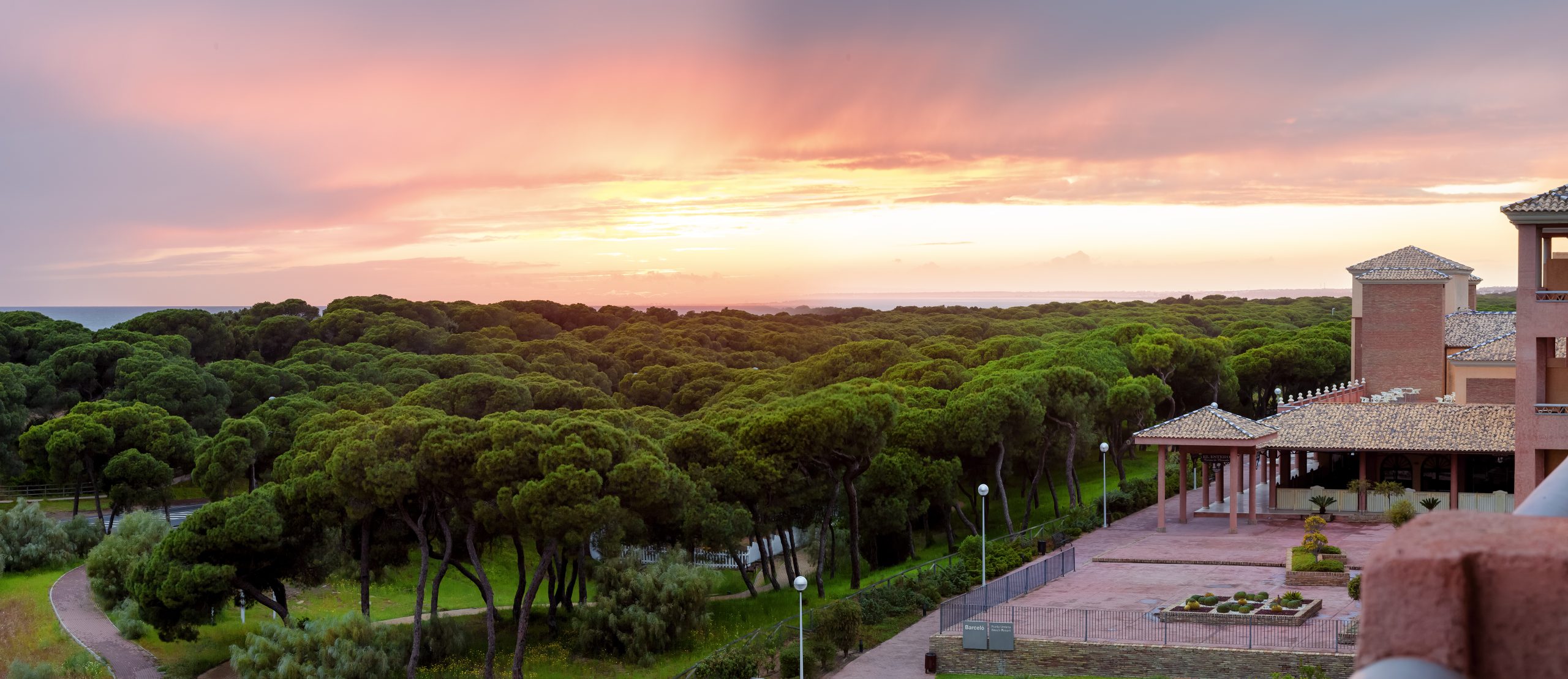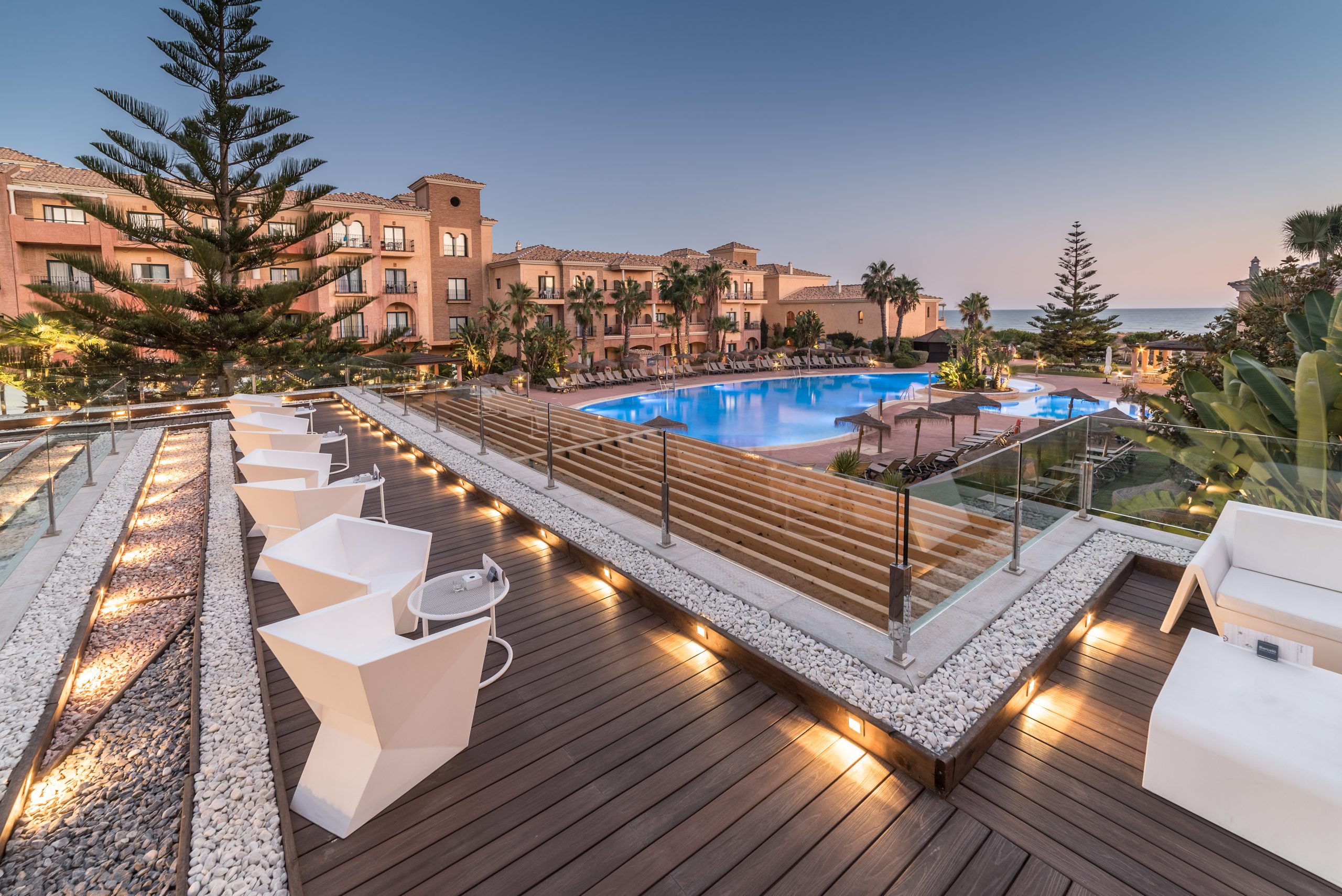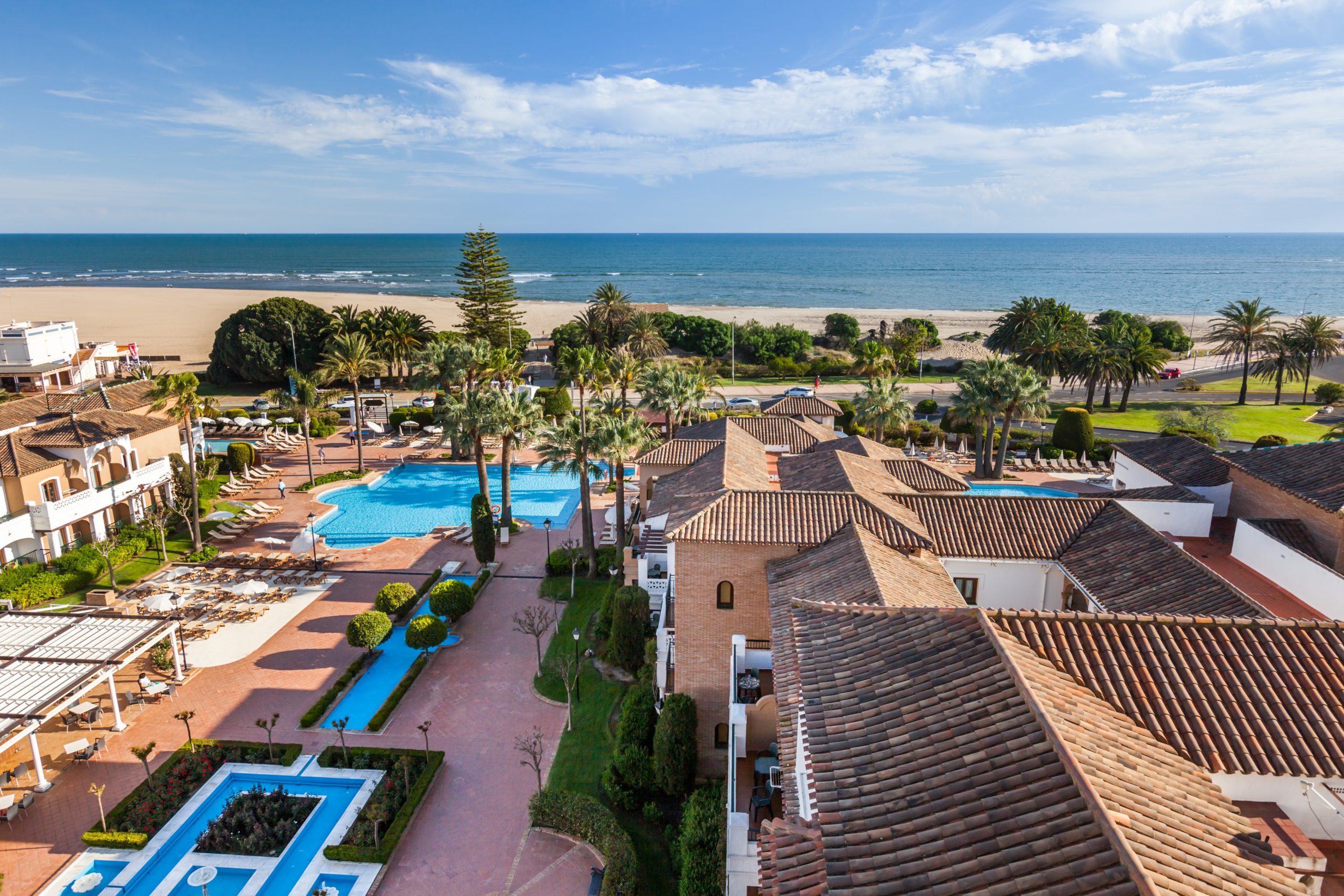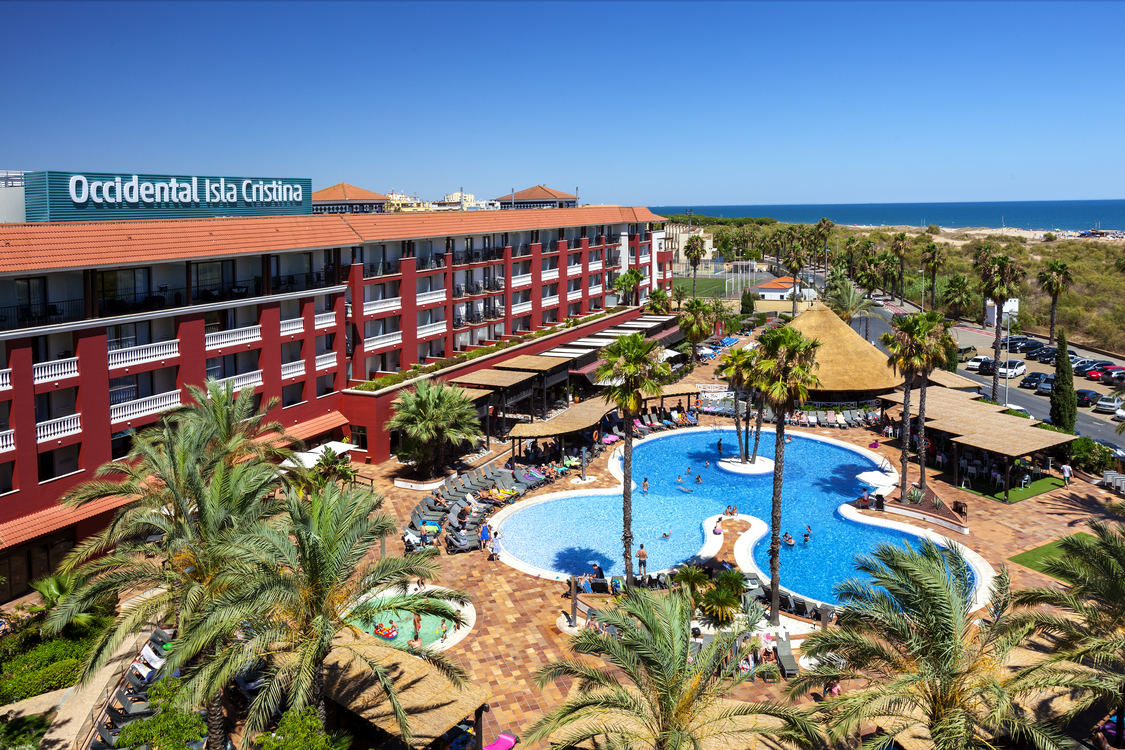The small town of Niebla is part of the province of Huelva and just 28 km from its capital. It boasts one of the most important artistic heritage sites in all of Spain. Perched atop a small hill above the waters of the Río Tinto, Niebla has an Almohad wall running 2 km around its perimeter. Inside this walled precinct are several monuments of diverse origin, among them the Castillo de Niebla, the Iglesia de Santa María de la Granada and the Hospital de Nuestra Señora de los Ángeles (now a cultural centre).
More historical sites await outside the walls, including the roman bridge over the Río Tinto or the prehistoric Dolmen de Soto. Want to know more about these historical treasures tucked away amid Huelva’s plains? Read on for our guide on what to see in Niebla.
A short history lesson
Niebla may be a humble town of less than 5,000 inhabitants but back in the day it was a hugely important location in Andalusia. Its rich historical and artistic heritage is testament to the fusion of cultures which have influenced the town over the centuries. It was first inhabited by the Iberians, who called itIlípula. It was referred to as Ilipla by the Romans. The Visigoths later changed the name to Elepla before the Muslim conquerors changed it again to Lebla. Niebla wouldn’t adopt its current name until the arrival of the Castilians, under King Alfonso X ‘the Wise’.
The town suffered damage in the Lisbonearthquake of 1755 and during the Napoleonic invasion of 1808. Thankfully, much of its heritage was rescued and rebuilt. Niebla was declared an Artistic Heritage Site in 1982 and has since enjoyed a flourishing period of tourism.
A trip through the walled precinct of Niebla
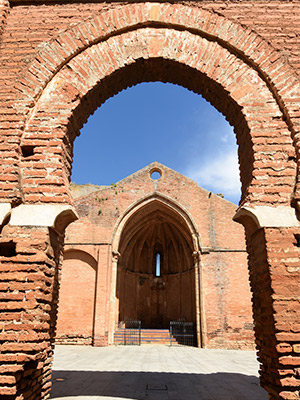
Niebla’s greatest attraction is the 2-kilometre wall protecting the old town. In fact, this Almohad wall constitutes one of the best-preserved fortified precincts in all of Europe. It was built after the Muslim conquest of the Iberian Peninsula in 711 and soon became one of the most important walled settlements in Al-Ándalus. The wall itself would undergo several changes at the hands of incoming cultures – look out for the different shades in the paintings.
Today, the wall is open to visitors. You can explore no less than 40 defensive towers (the Torre del Oro is the most famous) and the 5 fortified gates: the Puerta del Buey, Puerta del Socorro, Puerta de Sevilla, Puerta del Agua and the Puerta del Embarcadero.
Castillo de Niebla, home to the Romans, Muslims and Christians
Standing to the north of the old town, very close to the Puerta del Socorro, is the Castillo de Niebla. It’s also called the Alcázar de los Guzmanes on account of its former Christian owners. The land where the castle now stands was used more than two thousand years ago by Roman leaders who were established in this part of the country. However, the castle wasn’t raised until the arrival of the Muslim emirs, who decided that the hill in Niebla was the perfect place for them to live. As for the current style, this was brought in by the counts of Niebla – first the Guzmanes, and later the Medina-Sidonia line – who governed this part of Huelva from the 13th century onwards with the blessing of Alfonso the Wise.
Niebla Town Council now arranges guided visits of the castle in the mornings. The route goes through several spaces (including the dungeons) before climbing the fortified towers for the best views over Niebla’s old town. Since 1985 the castle has provided the venue for the Medieval-themed Niebla Castle Festival of Theatre and Dance, held annually in July and August.
Other things to see in Niebla
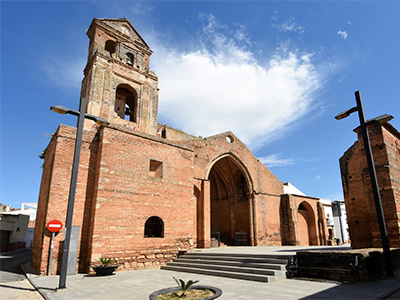
The nearest monument to the castle is the Iglesia de San Martín. Built in the 13th century during the Christian Reconquest, this church with three naves and a horseshoe-shaped door paints a good picture of the Gothic-Mudéjar style of the period. Annexed to the church is the Capilla almohade de la Epístola. The image of Christ tied to a column in this chapel is highly revered in the town.
After wandering through the labyrinth of narrow streets in Niebla’s old town, you’ll come to its beating heart: Plaza de Santa María. Here, the contemporary Town Hall building sits in happy contrast to the buildings of the old town. It shares the plaza with the Iglesia de Santa María de la Granada, the most important historical monument in Niebla after the castle. This Catholic church was built in the 13th century atop the remains of an ancient mosque and flaunts a surpr ising blend of styles and cultures. The Mudéjar coffered ceiling contrasts with the Roman columns at the entrance. We can say the same about the Gothic presbytery, which is very close to an impressive Episcopal chair of Visigothic origin.
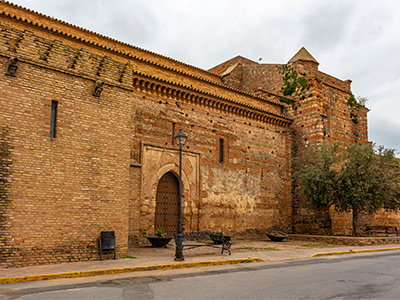
The last building in the plaza that we want to mention is the 14th-century Hospital de Nuestra Señora de los Ángeles, which throughout history has played several roles including as Town Hall, court, prison, post office and station for the Civil Guard. It’s now the Casa de la Cultura de Niebla, complete with library, historical archive and conference hall.
What to see near Niebla
The area around Niebla is worth exploring in its own right. For an escape into nature, try the LaJareta recreation area complete with tables and BBQs, or the wetland area called the Pantano de San Walabonso (camping is permitted).
If your cultural appetite isn’t yet satiated, just 8 minutes on foot from Niebla is a roman bridge over the Río Tinto dating back to the Trajan period (98-117 AD). The bridge was partially destroyed during the Spanish Civil Warand rebuilt in 1936, though much of the original construction is still intact.
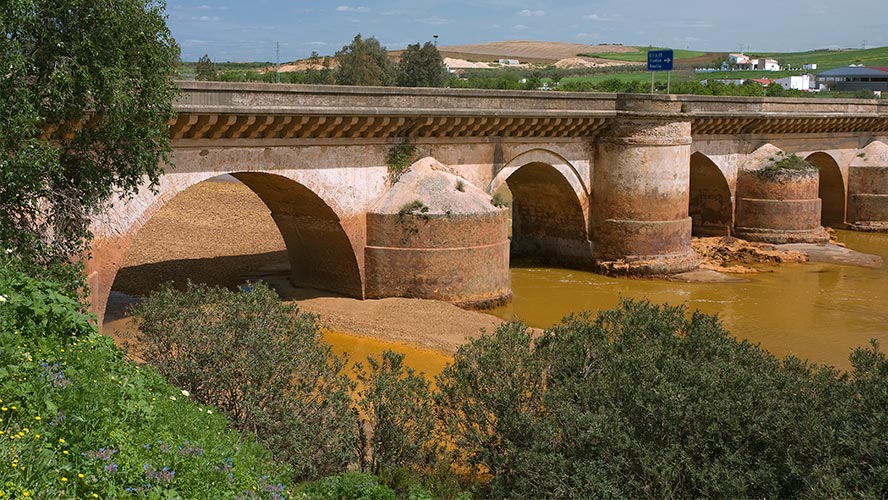
Venturing just 5 km west of Niebla will take you to the Dolmen de Soto, a megalithic funerary complex discovered in 1923. It’s the largest such site in the province of Huelva, and at around 5,000 years old will surely spark your imagination.




































































